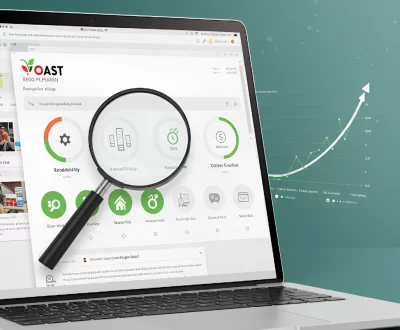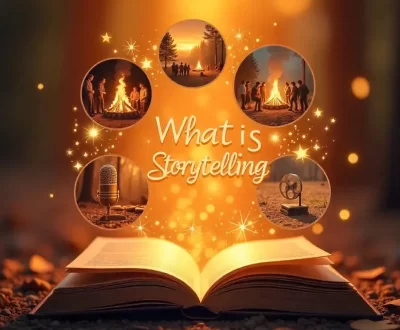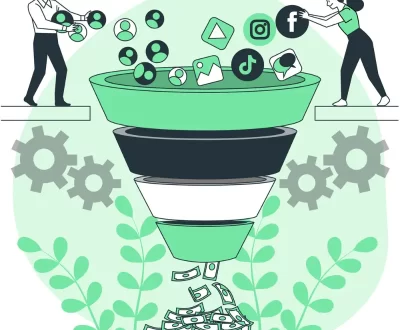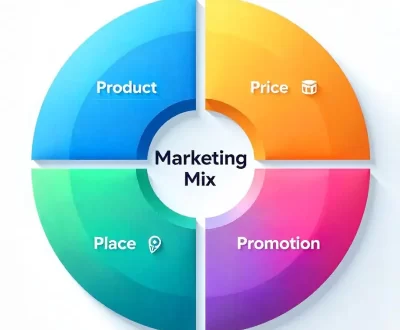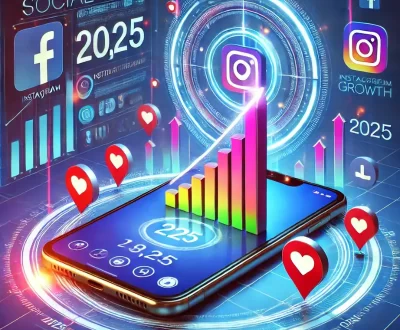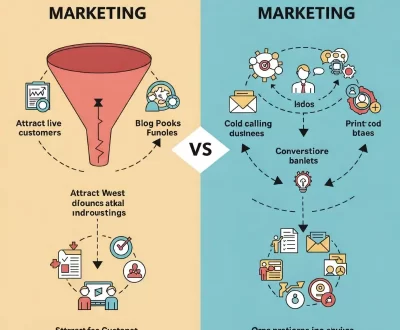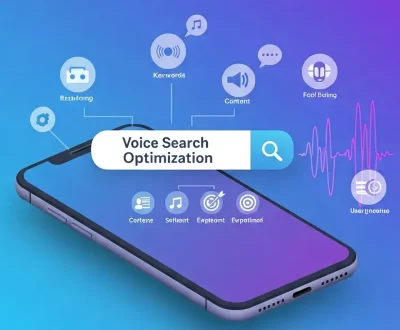The Role of Algorithms in Social Media: How They Impact Your Online Experience
- March 31, 2025
- Seo
Have you ever wondered why your Instagram feed shows certain posts first? Or why YouTube keeps recommending videos you can’t stop watching? The answer lies in algorithms in social media—the invisible digital gatekeepers that decide what content reaches you.
These algorithms are like personal assistants, constantly learning from your clicks, likes, and scrolls to shape your online experience. But how exactly do they work? And more importantly, how do they impact what you see (and don’t see) every day?
In this post, we’ll break down the role of algorithms in simple, everyday language. No confusing tech jargon—just clear explanations to help you take back control of your feed.
What Are Algorithms in Social Media?
At their core, algorithms are sets of rules that platforms use to rank and display content. Instead of showing posts in the order they were posted (like old-school Facebook), platforms now prioritize content they think you’ll engage with most.
How Do They Decide What to Show You?
Social media algorithms track:
✔ What you like, share, and comment on
✔ How long do you watch or read a post
✔ Who do you interact with most
✔ Even your location and time of day
For example:
-
If you always pause for travel reels, Instagram will show you more.
-
If you skip political posts, Facebook will hide them over time.
How Different Platforms Use Algorithms
Not all algorithms in social media work the same way. Here’s how major platforms curate your feed:
1. Facebook & Instagram (Meta)
-
Prioritize friends and family posts over business content.
-
Boost Reels and videos if you watch them often.
-
Hide “low-quality” content (like clickbait).
2. TikTok & YouTube
-
Recommend videos based on watch time (not just likes).
-
Test new content with small groups before going viral.
-
Push addictive, looping content to keep you scrolling.
3. Twitter (X)
-
Mix recent tweets with “top” posts (based on engagement).
-
Highlight controversial takes to spark arguments (and clicks).
4. LinkedIn
-
Favor long-form posts with discussions (comments > likes).
-
Show more industry-related content based on your job title.
The Good and Bad of Social Media Algorithms
The Benefits:
✅ Personalized feeds – See more of what you like.
✅ Discover new creators – Algorithms introduce relevant content.
✅ Less spam – Filters out low-quality posts.
The Downsides:
❌ Filter bubbles – You only see one side of stories.
❌ Addictive designs – Infinite scroll keeps you hooked.
❌ Privacy concerns – They track more than you realize.
How to “Train” Algorithms for a Better Feed
You can’t delete algorithms in social media, but you can influence them:
🔹 Engage wisely – Like/comment on posts you want to see more.
🔹 Mute unwanted topics – Use “Not Interested” buttons.
🔹 Diversify follows – Avoid echo chambers by following different views.
🔹 Limit tracking – Clear search history or use incognito mode.
The Future of Social Media Algorithms
With growing backlash over mental health and misinformation, platforms are tweaking algorithms to:
-
Reduce harmful content (like extreme diet videos).
-
Add chronological feeds (Instagram & Twitter already do this).
-
Be more transparent (some now explain why posts are recommended).
Key Takeaways
✔ Algorithms in social media decide what you see, not chance.
✔ They learn from every click, so use that to your advantage.
✔ The best feed is a mindful one—curate what serves you.
💬 Do you think social media algorithms help or hurt your experience?

